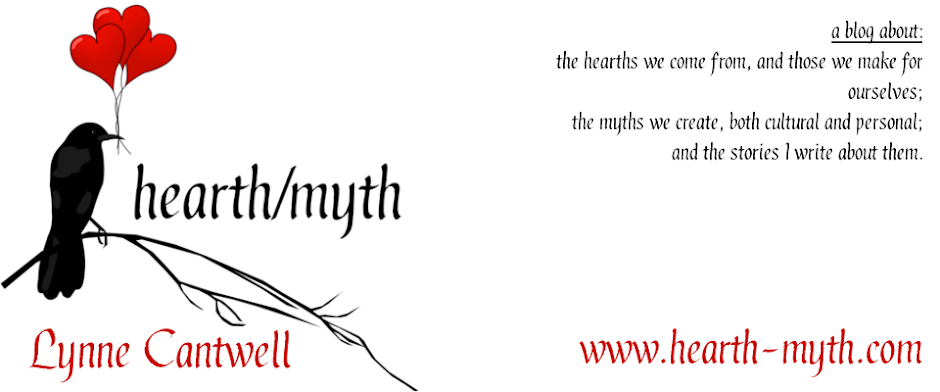 |
| Kevin Phillips | PublicDomainPictures.net | CC0 |
Anyway, this week, let's talk about something less esoteric: money. Specifically, a universal basic income -- a guaranteed income for everybody.
The idea has been around for a long time -- since at least the late 18th century, according to the authors of Basic Income: A Radical Proposal for a Free Society and a Sane Economy. This book by Phillippe van Parijs and Yannick Vanderborght was originally published ten years ago, but the authors have recently released an updated version.
Anyway, back to this radical far-left idea of giving money to people who haven't worked for it -- you know, like the Cato Institute and the American Enterprise Institute have suggested in recent years. (Hint: these two outfits are conservative think-tanks.)
As I said earlier, the idea has been kicking around for about 250 years, but it's come into focus lately because of the continuing problem of income inequality in the West. Futurists -- and I don't just mean people who write science fiction -- believe the disparity in income between rich and poor will only get worse in coming years, largely because of automation. We're already seeing the effects of automation on jobs here in the US, even if we're reluctant to admit it. Robotic machines are already commonplace in automobile factories and slaughterhouses, to name just two places that used to hire a lot of people for dangerous, repetitive work.
In another telling sign, online ordering and in-store kiosks are beginning to invade fast-food and fast-casual restaurants. There's a Panera Bread outpost down the block from my day job that has positioned ordering stations armed with tablets so that you have to dodge them to get to the counter. You can still place an order with a real, live person, but it's clear they'd rather you didn't.
In short, it's estimated that one-third of current US and UK jobs are liable to go away due to automation. Granted, those people won't all be out of work, necessarily; during the Industrial Revolution, people left farming to go to work in newfangled factory jobs. But not everyone did; some folks were left out, just as is happening today. And we're already seeing the effects of our economic paradigm shift. Middle-aged whites without college degrees -- the demographic most deeply affected by our shift away from heavy industry to a service economy -- are dying younger now, often from drugs, alcohol, or suicide. Some researchers are calling them "deaths of despair."
And here's another problem with widespread automation: If too many people are chronically out of work, fewer people will have enough money to buy the things our businesses sell. Shopping 'til you drop requires disposable income. The rich have it, but they tend to hoard their cash, as we saw during the Great Recession. Lower demand for goods and services means lower production, which means more layoffs -- and that's when the service economy will begin to circle the drain.
In this context, researchers like van Parijs and Vanderborght think it wouldn't be a bad idea to give everybody a little cash -- just enough to keep them out of poverty. Before you think this is a "free money" scam that would encourage people to sit home and be lazy, let me tell you that the authors are suggesting these payments equal one-quarter of the country's average personal income. Here in the US, that amounts to about $12,000 a year. I don't know of many people who could live rich on that kind of money. But it would keep people from worrying about paying their basic bills: rent, utilities, food.
I mentioned laziness a minute ago. Yes, Americans tend to be suspicious about giving people something for nothing. But van Parijz and Vanderborght suggest thinking of it not as welfare, but as a payment for our "social capital" -- the riches in natural resources and institutional know-how that has built up over centuries, and in which we all share without ever contributing to it. And the payment would go to every adult, not just those who are out of work.
I can see an advantage for artists and writers. I can't tell you how many indie authors I know who launched their writing careers after they retired. I haven't taken a poll, but I suspect many of them waited until they had an income stream they could count on -- from Social Security or a pension -- and were then free to pursue a career they would have embarked on sooner if money weren't an issue.
I expect we'll be hearing more about this idea in the months and years to come. Finland is beginning a multi-year experiment with a universal basic income this year. It will be interesting to see their results. I'll let you know what I hear.
***
Writing news: I'm just about ready to pull the trigger on Maggie in the Dark. Look for a newsletter about it this week. What's that you say? You're not subscribed? Then you should use the QR link below to sign up. I'd do it now. Just sayin'.
***
These moments of universally basic blogginess have been brought to you, as a public service, by Lynne Cantwell.


